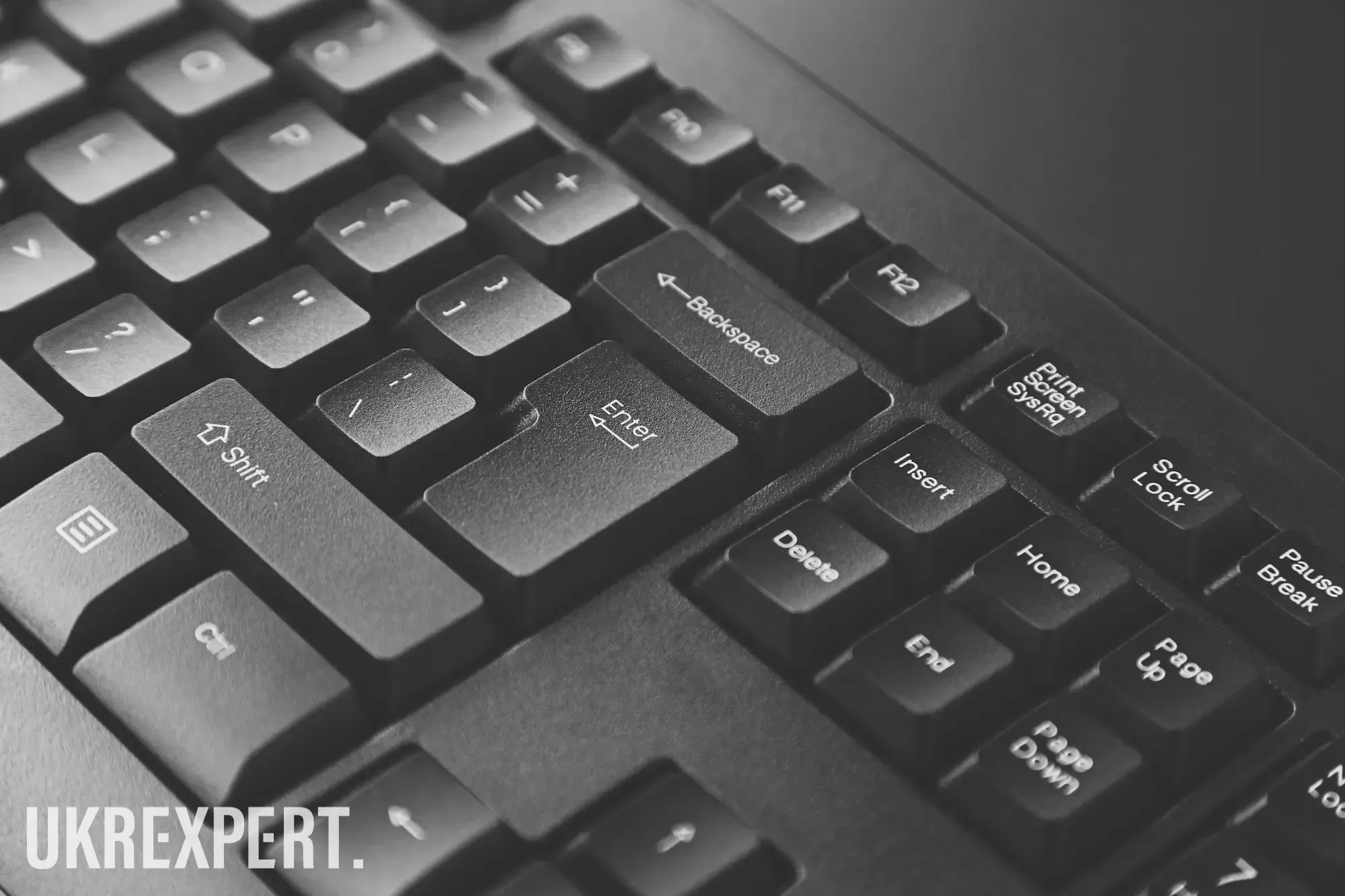
How to take a screenshot on a laptop: 4 programs and 5 steps to make it the default program

Screenshots are a useful tool for capturing important information from your laptop screen. You can use screenshots to save important information, document errors, send information to other users, create training materials, and test software. Learn how to take a screenshot on your laptop with easy-to-follow steps and apps.
5 reasons why you need to know how to take a screenshot on a laptop
A screenshot (or screenshot) is an image that shows what is displayed on the screen at a particular moment in time. Knowing how to take a screenshot on a laptop can come in handy in any situation.
You may need to take a screenshot for a variety of reasons:
- Save information. If you want to save important information or images from the screen.
- Send information. You can use a screenshot to quickly show something on your screen to other people, for example, to explain a problem.
- Documenting errors: If there are problems with software or websites, a screenshot can help document these issues for further analysis or resolution.
- Create instructions. You can use snapshots to create step-by-step instructions or training materials.
- Application testing. In software development, a screenshot can be used to test and document events.
So, taking a screenshot is a useful tool for working with your computer and communicating with other users.

Read also our article: What are soft skills, why and how they should be developed – 15 examples of soft skills
5 steps to take a screenshot on a laptop with built-in programs
You can take a screenshot on any laptop. Let’s take a look at how to take a screenshot on a laptop with a Windows operating system.
To take a screenshot on a Windows laptop, follow these steps:
- Locate the Print Screen or PrtScn button on your keyboard. This button is usually located at the top of the keyboard.
- Press the “Print Screen” or “PrtScn” button. This will take a screenshot of the screen and save it to the clipboard.
- Open an image-editing program like Paint or Photoshop.
- Paste a screenshot by pressing the key combination “Ctrl + V” or selecting the “Paste” option in the program menu.
- Save the screenshot in the desired format (for example, JPEG or PNG) and give it a suitable name.
You now have a screenshot that you can use for future reference or send to other users.
Video on how to take a screenshot on a laptop
Watch a visual demonstration of how to take a screenshot on a laptop in a YouTube video
4 ways to take a screenshot on Mac
Speaking of how to take a screenshot on a laptop, it’s worth mentioning Apple laptops – MacBooks – because they run a different operating system than Windows.
MacBook laptops use the IOS operating system. There are several ways to take a screenshot on an IOS laptop:
- Use a keyboard shortcut. Press Command (⌘) + Shift + 3 to take a screenshot of the entire screen. The screenshot is automatically saved to your desktop.
- Use a keyboard shortcut to select an area. Press Command (⌘) + Shift + 4, then select the area of the screen you want to capture.
- Use a keyboard shortcut to select a window. Press Command (⌘) + Shift + 4, then press the space bar. The mouse cursor changes to the camera, and you can select a window or area to take a screenshot.
- Use the Apps. The MacBook’s Apps app has a built-in Apps -> Screen Capture program that also lets you take a screenshot and edit it before saving it.
These are a few ways you can take a screenshot on your Mac. Choose the one that best suits your needs.
4 programs and how to take a screenshot on a laptop with them
It’s also important to learn how to take a screenshot on a laptop using third-party programs, because their functionality is much broader than the built-in ones.
There are many programs you can use to take screenshots on your laptop. Here is a list of the most popular programs:
- Snipping Tool (available on Windows). This program is built into the Windows operating system and allows you to take screenshots of various types (selective, full screen, window, etc.) and save them.
- Lightshot. This is a free program that is available for both Windows and macOS. Lightshot has a simple interface, the ability to edit the picture and quickly save or send them.
- Greenshot. Another popular free program for taking screenshots on Windows. It has many useful features, such as the ability to edit the screenshot, automatic saving and much more.
- Snagit. This program is paid but has many advanced features for creating, editing, and organizing files. Snagit is available for both Windows and macOS.
These are just a few examples of programs that can be used to take screenshots on a laptop. The program you choose depends on your needs and preferences.

How to take a screenshot on your laptop and save it in the right place
Information on how to take a screenshot on a laptop may not be enough if you don’t know where the files you create are stored.
Screenshots taken on a MacBook are usually saved to the desktop by default. Each new screenshot is automatically saved to the desktop under the name Screen Shot [date and time].png.
If you need to change the location of the screenshot or adjust other settings, such as file format or image quality, you can do so in the Applications -> Screen capture program or through the system settings.
To change the location of your screenshots on your MacBook, follow these 4 steps:
- Open the Applications -> Screen capture program.
- Click the Screen Capture menu in the upper left corner of the screen.
- Select Capture Settings from the menu.
- In the General tab, select a location to save the screenshots, change the file format and other settings.
This will allow you to customize the save location and other settings for screenshots on your MacBook.
On laptops from other companies, screenshots are usually also stored on the desktop by default, but may be stored in a different location depending on the operating system and user preferences. For example, on Windows laptops, screenshots can be stored in the “Pictures” or “Screenshots” folder in the user directory. To find these files, you need to navigate to this folder using Windows Explorer.
Conclusions
Screenshots are a useful tool for saving current information from a computer screen. It can be used both to produce manuals and guides and to document errors in software.
You can take a screenshot with the built-in programs on any laptop. In addition, there are many third-party programs with advanced features, such as saving an image of a portion of the screen or editing the image after it is captured.
Answers to frequently asked questions about screenshots on a laptop
You can take a screenshot on your MacBook with a keyboard shortcut. Press Command (⌘) + Shift + 3 to take a screenshot of the entire screen. The file will be automatically saved to your desktop.
Locate the Print Screen or PrtScn button on your keyboard. This button is usually located at the top of the keyboard. Pressing this button takes a screenshot and saves it to the clipboard.
All operating systems have default programs that can be used to take a screenshot. At the same time, there are many programs that have advanced functionality that allow you to take a screenshot of a part of the screen or edit the image. the most popular programs for this are Lightshot and Greenshot.
Usually, after installing a third-party screenshot program, a shortcut to launch it appears on your laptop desktop. To take a screenshot, you need to launch the program and capture the screen.
Usually, such files are automatically saved on the laptop desktop.
The author of the Portal UKRexperts
Співпраця - текст
We are sure that knowledge should be accessible to everyone, and that is why UkrExperts strives to be your first choice when it comes to enriching intellectual potential.





